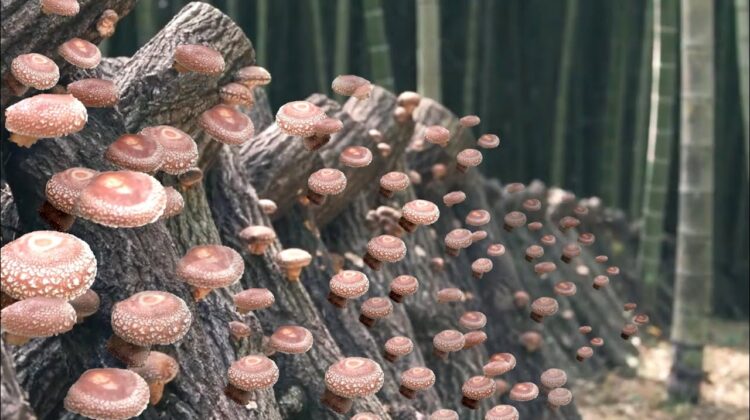
Japanese cuisine is renowned for its exquisite flavors and unique ingredients. Among these, the shiitake mushroom stands as a delicacy that has captured the hearts of both locals and food enthusiasts worldwide. In this article, we embark on a journey to explore the centuries-old cultivation technique known as “growing shiitake mushrooms in the woods.” The Japanese have perfected this art, producing millions of these delectable fungi in their lush, mystical forests. While Japan may not be the largest exporter of shiitake mushrooms, it is indeed celebrated for its exceptional quality. In the following sections, we will delve into the secrets behind this traditional method, uncovering what makes it so special.

The Art of Shiitake Mushroom Cultivation
Preparing the Raw Logs
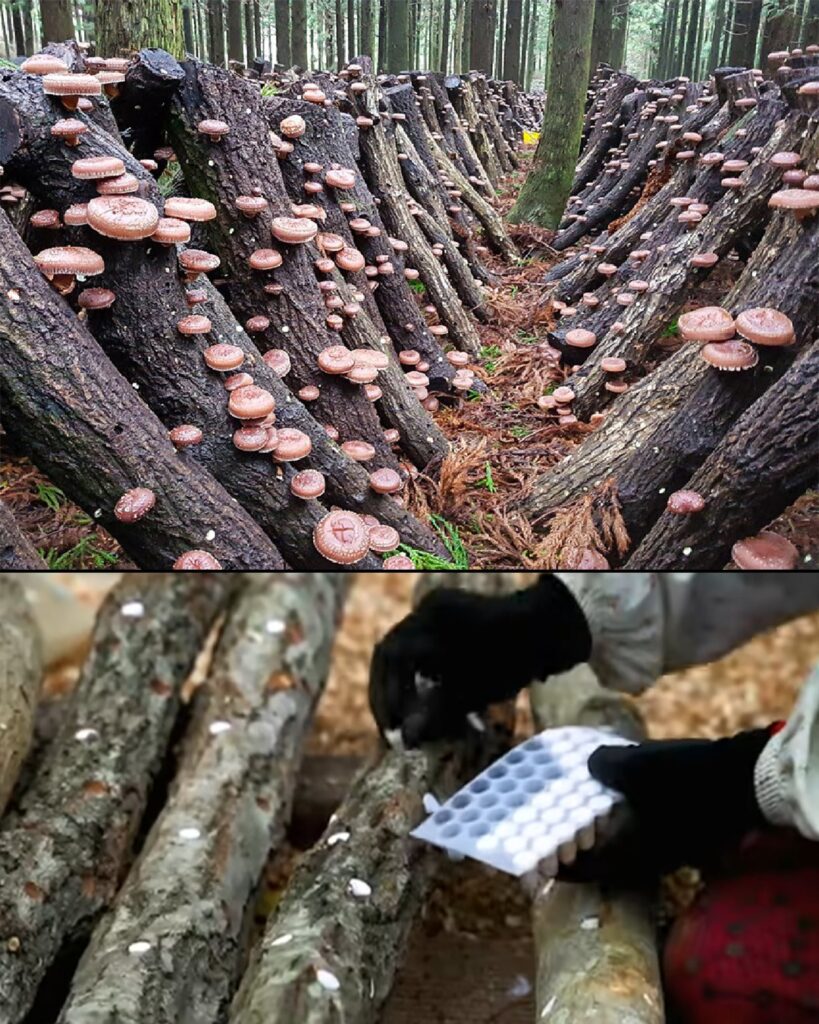
The first step in this remarkable process involves the careful preparation of raw logs. These logs, typically measuring between 90 cm to 120 cm, are cut and then transported to the foot of the mountain. It is here that the magic begins, as the logs are meticulously drilled, and mushroom spawn is inserted into each hole. This intricate process, which has been passed down through generations, is a favorite among the elderly in Japan. Each log usually carries around 30 pieces of spawn, and while modern machines have simplified this step, the traditional touch remains.
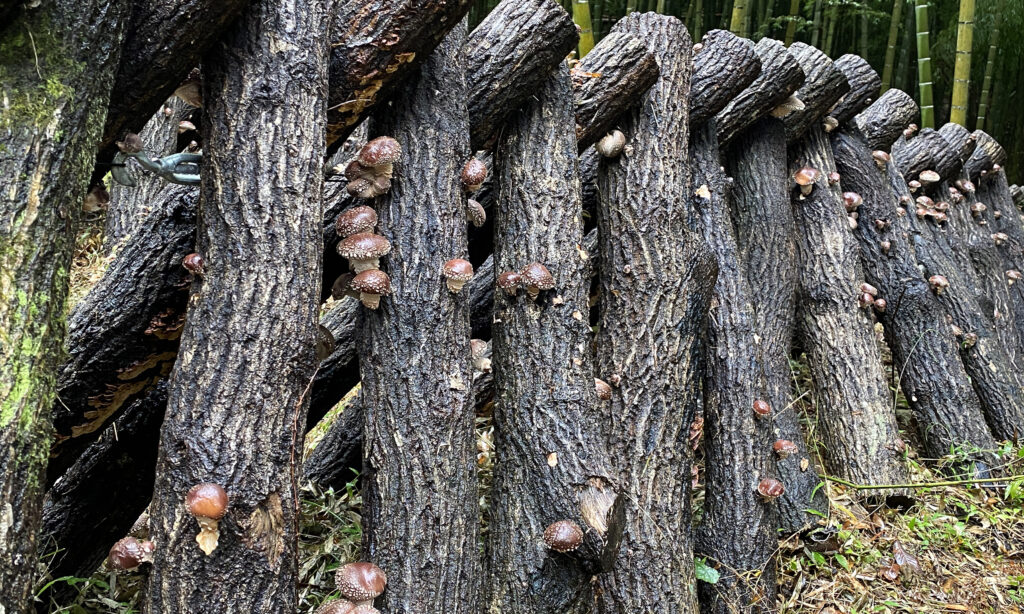
Incubation in the Forest
The logs are then transported to a cool, shaded area for incubation. During this stage, the mushroom mycelium gradually takes hold of the wood, creating the perfect conditions for shiitake mushroom growth. This incubation period spans approximately two weeks, during which the connection between the wood and the mushrooms is forged.
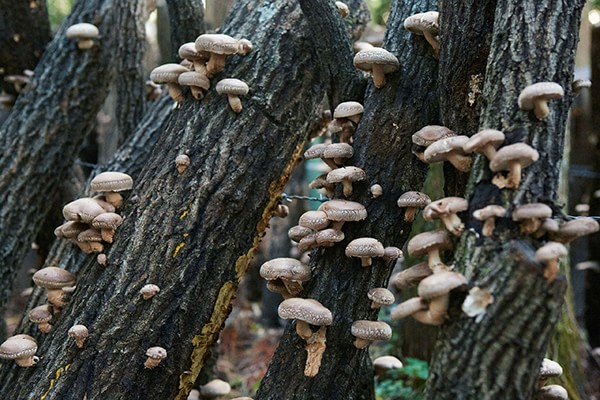
The Greenhouse Method
Japan also employs a greenhouse method for shiitake mushroom cultivation. This method offers various benefits, such as controlled moisture and temperature, enabling year-round production. Nevertheless, it still requires two years of growth before the mushrooms are ready for harvest. The controlled environment ensures a stable crop but can’t quite match the quality of naturally grown shiitake mushrooms.
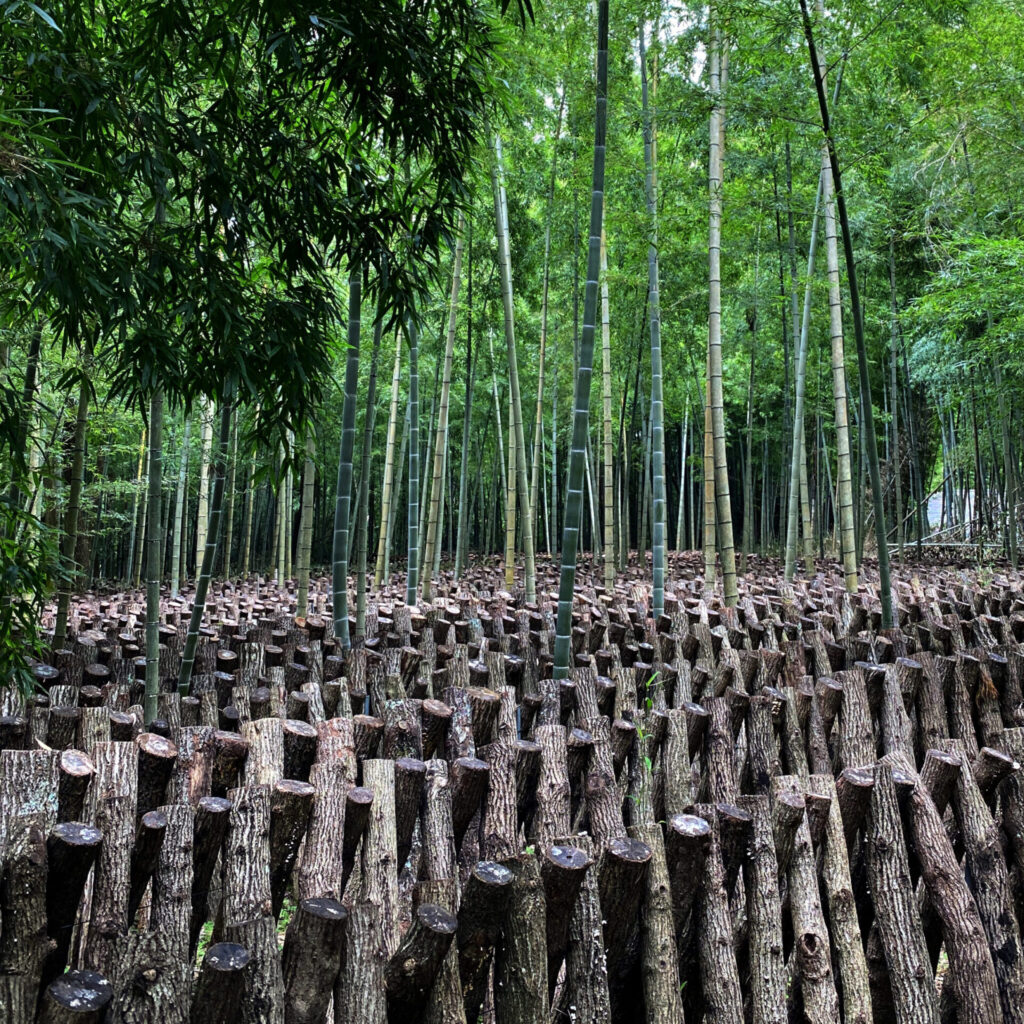
The Natural Growth Advantage
What makes naturally grown shiitake mushrooms stand out is their ability to draw all their nutrients from the wood. The perfect balance of moisture, air circulation, temperature, and natural factors like frost, wind, humidity, and temperature create the ideal conditions for mushroom growth. However, this method can’t yield the vast quantities produced in a controlled environment. Each year, only a limited amount of naturally grown mushrooms can be harvested, contributing to their premium price.
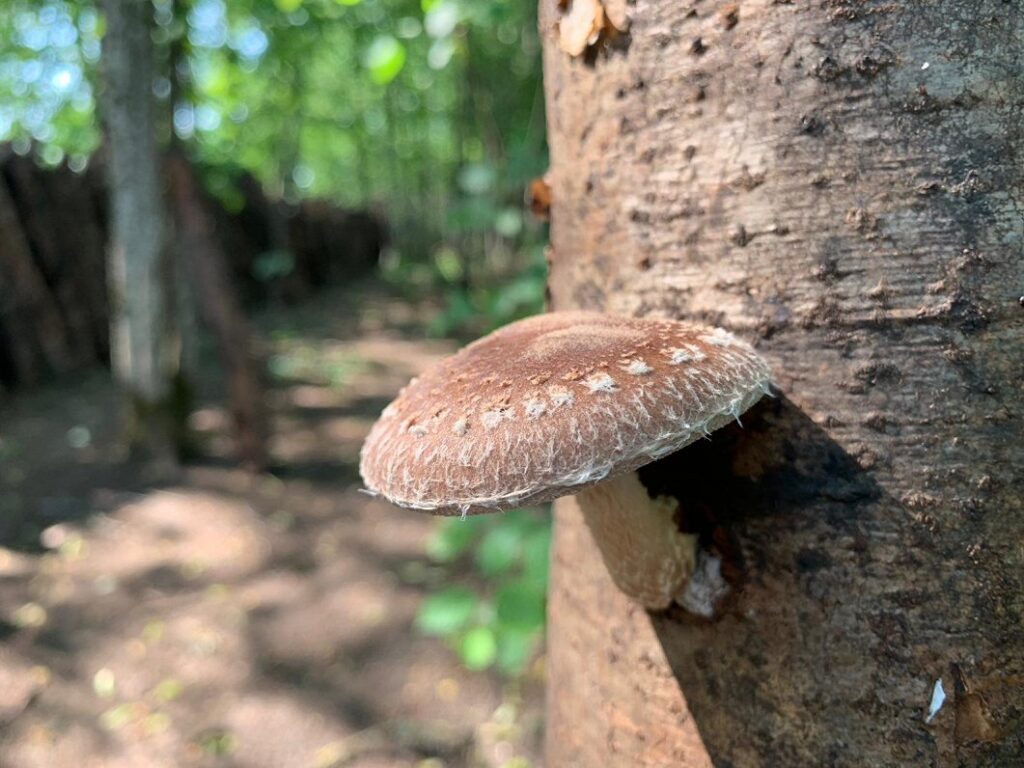
Harvesting and Processing
After harvesting, only the finest mushrooms are selected, and they are promptly dried in specialized dehydrators. This method preserves their unique flavor and nutritional value. Shiitake mushrooms are a rich source of protein, essential minerals, various vitamins (like B and C), and minerals such as calcium, iron, aluminum, and magnesium. When dried, shiitake mushrooms contain a mere 0.5 grams of fat, 34 calories, and 2.5 grams of fiber per 100 grams. Not only are they nutritious, but their earthy, umami-rich taste has earned them a place in countless culinary traditions around the world.
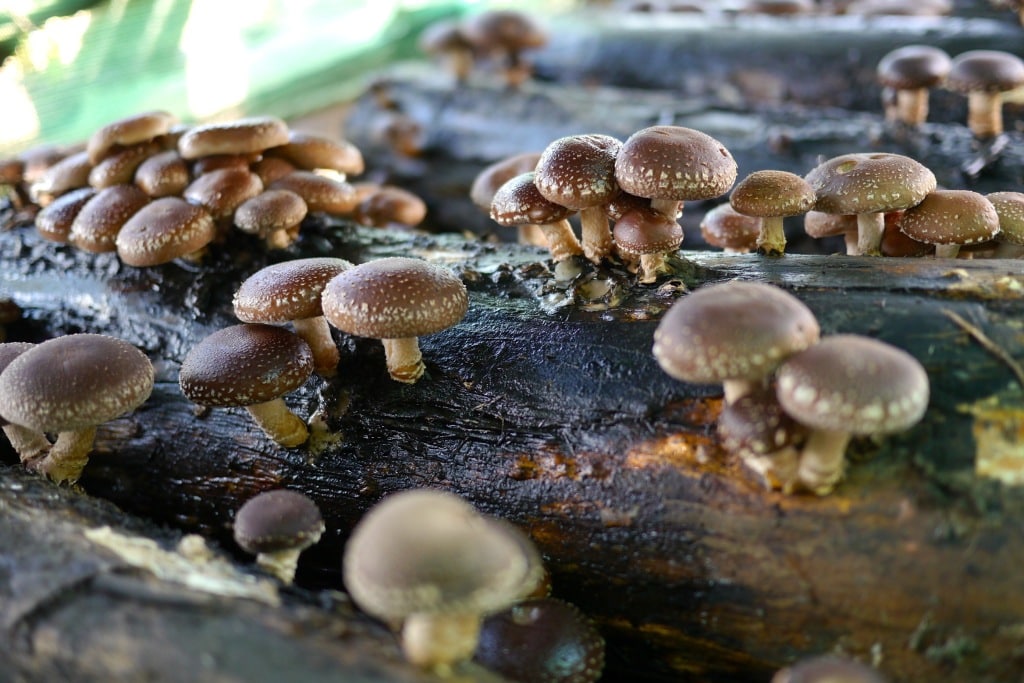
The art of cultivating shiitake mushrooms in Japanese forests is a testament to the harmonious relationship between nature and human ingenuity. This time-honored technique showcases the dedication of Japanese farmers, preserving the authenticity and unique qualities of shiitake mushrooms. Whether you’ve savored them before or are just discovering their delights, these forest-grown treasures are sure to leave a lasting impression on your palate. So, the next time you indulge in a dish featuring shiitake mushrooms, you can savor not just their flavor but the rich history and tradition that has made them a culinary gem.
Caution:
While the art of growing shiitake mushrooms in Japanese forests is an intriguing and rewarding endeavor, it is important to exercise caution and adhere to recommended practices if you decide to start your own mushroom cultivation. Mushroom cultivation, particularly in a forest or natural environment, requires knowledge and expertise in mycology and agricultural techniques. It is essential to identify the right mushroom species, follow sanitation protocols, and ensure proper growing conditions to avoid potential health risks or undesirable outcomes. For those new to mushroom cultivation, it is advisable to seek guidance from experienced cultivators, attend workshops, or consult reliable sources before embarking on your mushroom-growing journey. Always prioritize safety and education to enjoy the benefits of homegrown mushrooms without any unintended consequences.

Leave a Reply